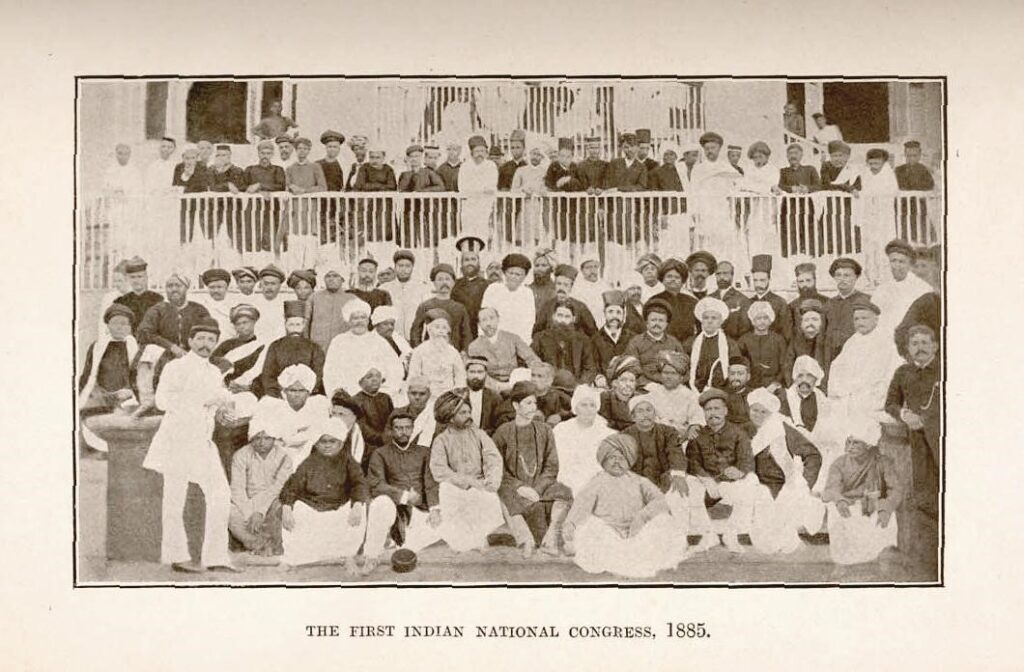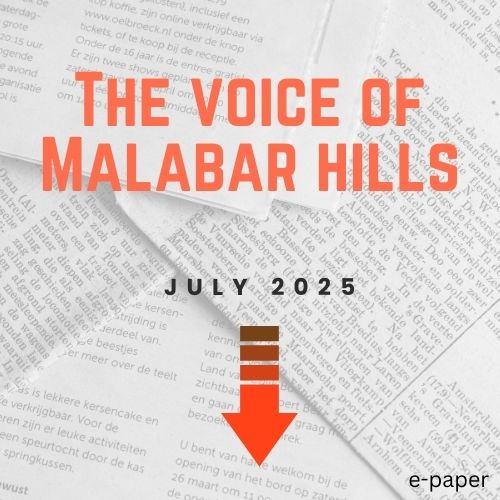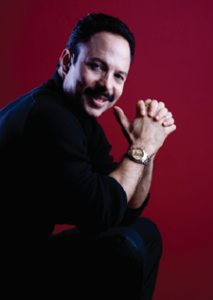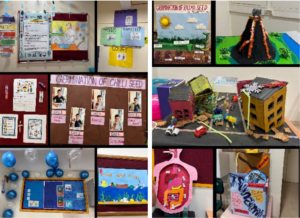10th May 1857 saw the first rebellion of the Indian sepoys of the British East India Company’s army. This was far, far away in Bengal, but the winds blew across the sub-continent. It was thus rightly called ‘India’s First War of Independence’ or the ‘Indian Mutiny’. These winds had effect on Malabar Hills. While the parties continued amongst the elite, new thoughts were born.
Alan Octavian Hume, an English civil servant& political reformer, saw the mutiny as a result of misgovernance. The British Crown had taken over power from the East India Company, and so he approached the Viceroy with the thought that Indians opinions should be heard. In 1885 he secured approval to create ‘Indian National Union’ with English speaking natives. This developed into the ‘Indian National Congress’ and he was one of the founders of this political party.
Another English voice raised in favour of the natives was that of Annie Besant, a prominent socialist. She supported ‘Indian self-rule’ and became another founder of the Indian National Congress.


On 28 December 1885 the first 72 members of the Theosophical Society met in the Gokuldas Tejpal School at Gowalia Tank in Mumbai, and founded the Indian National Congress, with Alan Octavian Hume as its first Hon. Gen. Secretary. Prominent Indians were Bal Gangadhar Tilak, Dadabhai Naoroji, Pherozeshah Mehta, Gopal Krishna Gokhale, Womesh Chandra Banerjee & Lala Lajpatrai.


Two of these social reformers, whose statues grace the city, are of great importance to our area. Their sentiments demanded representation in local bodies and law making administration, as ‘Home Rule’.
Sir Pherozeshah Mehta (1845 – 1915)
He was a leading lawyer, who was knighted by the British Government for his service to law. However he became an activist and a political leader, demanding autonomy & self-rule for Indians.
He was educated at the Elphinstone College, Mumbai and proceeded to London for his law from Lincoln’s Inn. After returning he set up his practise in the city and during defence of Arther Crawford that he pointed out the need for reforms in the Bombay municipal government. He went on to draft the Bombay Municipal Act, 1872 and is thus considered the ‘Father of Bombay Municipality’.
His voice reverberated in the Bombay Municipality as its Commissioner in 1873, and then as its President four times – 1884, 1885, 1905 and 1911.
In 1890 was chosen to be the President of the Indian National Congress.
Pherozeshah Mehta’s statue guards the Municipal Corporation’s magnificent Head Office & the garden Municipal Garden on Malabar Hill is named in his memory.


Lokmanya Bal Gangadhar Tilak (1856 – 1920)
Was born in Ratnagiri as Keshav Gangadhar Tilak. He was a teacher and a lawyer, who became the 1st leader of the Indian Independence Movement. As an educationist he organised the Deccan Education Society, Pune and established the well-reputed Fergusson College in the 1880s. As a political activist he was the strongest advocate of ‘Swaraj’ (self-rule) and the strong radical in Indian consciousness. He formed an alliance with many Congress leaders to advocate force where necessary. For this he was arrested on a number of occasions and sent to Mandalay for imprisonment. The British called him the ‘Father of Indian unrest’.
His statement on being convicted is remembered even today: “All that I wish to say is that, in spite of the verdict of the jury, I still maintain that I am innocent. There are higher powers that rule the destiny of men and nations; and I think it may be the will of Providence that the cause I represent may be benefited more by my suffering than by my pen and tongue.”
His proclamation in the High Court –“Swarajya is my birth right, and I shall have it!” echoed through the country and across the seas. He was revered by his people and given the title of ‘Lokmanya’, which literally means ‘accepted by the people’. He breathed his last on 1st August 1920, aged 64 and his was the only funeral permitted, by public demand, on the public beach of Chowpatty. His statue stands looking across his city and his country.
Malabar Hills was the home for the educated and the elite, but it was also the area where struggle for self-rule and independence started. The tank in front of the Gokuldas Tejpal College is gone, and the Gowalia Tank (though we still know the area by this name) has been filled and called the ‘August KrantiMaidan’.It was here that on Mahatma Gandhi gave the ‘Quit India’ call on 8th August 1942, and young Aruna Asaf Ali showed courage of planting the national flag the next morning. Have the dreams of these men & women been fulfilled? Has ‘Swaraj’ brought us a nation to be proud of?
Anita Garware , Chairperson, INDIAN HERITAGE SOCIETY MUMBAI, Resident of Malabar Hill





